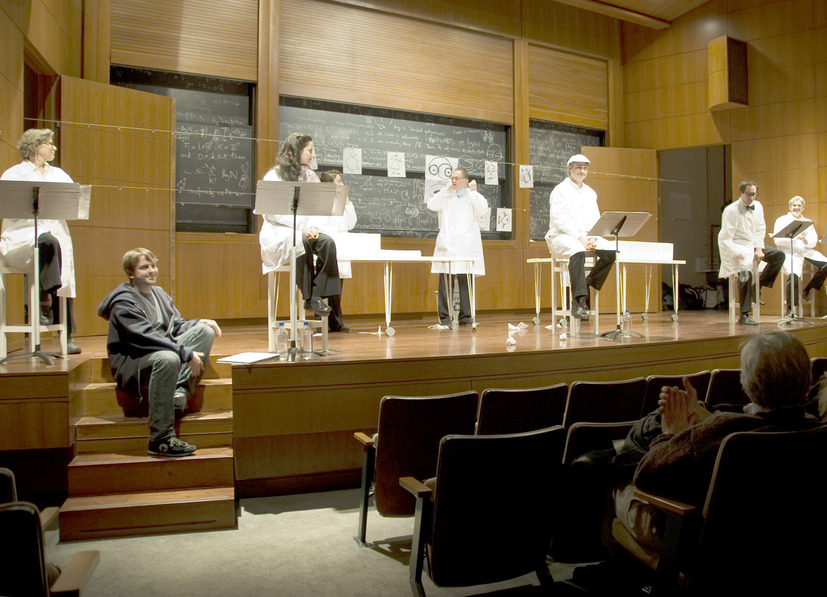Every time I have found a mistake in one of my books (or paper), I have had to repeat two or three times the well-known mantra The only way to not make mistakes in print is to not publish anything, before I could regain some composure. If the mistake was indicated by a reader, it is even worse. Of course, the problem often turns out to be mostly innocuous — e.g., the definition of “equidistribution” in my book with Henryk Iwaniec is wrong (we forgot to restrict the open sets for which convergence is claimed to those where the boundary has limiting measure zero), but it’s hard to imagine much harm coming from this. However, more serious errors are more disturbing; in particular, it makes you wonder what the frequent casual claim that The responsibility for all mistakes of course lies with [the author] really means in practice, when honest readers may well be led to a lot of misguided effort because of what is claimed with characteristic authorial confidence.
To give an unfortunate example, B. Conrey just pointed out that the same book has a very unfortunate claim that the local factor of the Rankin-Selberg convolution of two classical (holomorphic or Maass) modular forms is “the obvious one” for a ramified prime p which appears with exponent exactly one in the l.c.m. of the conductors of the two factors. In particular, this means that we claim that if f (resp. g) has p-factor
$latex 1/(1-p^{-s}),\quad\quad \text{resp. } 1/(1+p^{-s}),$
corresponding (in the case of elliptic curves) to split/non-split multiplicative reduction at p, then the local factor for the Rankin-Selberg convolution is
$latex 1/(1-p^{-s}),$
which is in particular of degree 1 in p-s. Alas, alas, this is quite wrong; the local factor should be of degree 2! The simplest way to see this is probably to think in terms of the local Langlands correspondence (note that one doesn’t need to know it is a theorem to apply it heuristically): the local factors for each form are supposed to be of the type
$latex \det(1-\rho(F_p)|V^I),$
where ρ is a 2-dimensional representation of some local Galois group acting on V, Fp is the Frobenius at p, and I is the inertia group. Generically one might indeed assume that if ρ1 and ρ2 have each a one-dimensional invariant subspace, the tensor product (which corresponds to the Rankin-Selberg convolution) would also have the same property (with basis
$latex e\otimes f$
of the invariant subspace, where e corresponds to that of ρ1 and f to that of ρ2. But the classification of these things (which are among the so-called Steinberg representations) shows that it is possible (it might indeed be always the case: I need to brush up my understanding of all this before making claims here!) that
$latex \rho_2=\rho_1\otimes \chi,$
is a twist of ρ1 by a character of degree 1. Then this means that one can find a basis e, f of a common underlying two-dimensional space so that I acts by
$latex \rho_1(i)e=e,\quad \rho_1(i)f=\chi(i)^{-1}f,\quad \rho_2(i)e=\chi(i)e,\quad \rho_2(i)f=f,$
and then, of course, we see that both vectors
$latex e\otimes f,\quad f\otimes e$
in the tensor product are invariant under I.
As I said, this mistake is quite annoying. My guess is that it may not have created any trouble (yet) for our readers: I’m pretty sure that the claim we make is true if the prime p is ramified only for one of the two modular forms (I’ll have to find a proper reference, of course), and I don’t think many analytic applications would have been outside this case. However, I plan to look at least quickly through the list of papers on MathsciNet which refer to our book to detect possibly problematic cases…
